Finding exterior home improvement contractors near me means more than just geographic convenience. Local contractors understand your climate, local codes, and supplier networks. When you hire someone nearby:
-
They usually respond faster to consultations, quotes, and emergencies.
-
They know local laws, building code requirements, and permit needs—minimizing risk of delays or fines.
-
Local experience often means they’ve worked on homes in your area and understand what materials perform well under local weather, shade, sun, humidity, or cold.
Also, local contractors are easier to visit, which means you can inspect past work, talk to references, see ongoing projects, and better evaluate workmanship.
What to Look for When Hiring Exterior Home Improvement Contractors
When you’re ready to hire, here are key qualities you should check:
-
Licensing & Insurance: Ensure the contractor is properly licensed in your area, and carries liability insurance and worker’s compensation. This protects you in case of accidental damage or injury.
-
Experience & Portfolio: Ask for before/after photos of similar projects—roofing, siding, exterior painting, gutters, etc. Inspecting finished homes helps you assess whether their aesthetic and structural quality fits your expectations.
-
Local References & Reviews: Check reviews on sites like Google, Yelp, Houzz, or Angie’s List. Talk to homeowners in your area who have had similar work done. Reliable contractors will have good reputations locally.
-
Detailed Written Estimate: A good contractor will give you a breakdown of labour, materials, timeline, warranty, cleanup, and payment schedule. The more precise and written, the less room for surprises.
-
Warranty & After‑Sales Service: Exterior work is exposed to weather and wear. Contractors who offer warranty on both materials and labour offer more peace of mind.
Types of Exterior Home Improvement Services You Might Need
Exterior improvement covers many service types. Here are common ones and what they typically involve:
-
Roofing & Roof Replacement: Fixing leaks, replacing shingles, installing metal roofs, or upgrading roofing materials for better insulation or durability.
-
Siding & Cladding: Vinyl, wood, fiber cement, stucco, brick—each siding option has different pros and cons in terms of maintenance, durability, cost, and aesthetics.
-
Exterior Painting / Finishing: Painting or staining surfaces (wood, siding, trim). This helps with curb appeal, weather protection, and preventing structural decay.
-
Windows & Doors: Replacing or repairing windows and doors improves energy efficiency, security, and appearance. Often these upgrades also reduce noise and help with insulation.
-
Gutter Systems & Drainage: Ensuring roof water is directed away properly to prevent foundation issues or siding damage. Repairs or replacements of gutters, downspouts, and related drainage.
-
Decks, Patios & Outdoor Structures: While sometimes considered “outdoor” rather than strictly “exterior home,” decks, patios, outdoor kitchens, pergolas often come under the same improvement umbrella.
Five Top Exterior Home Improvement Products to Ask Contractors About
Here are five real‑world products you could consider or request when hiring contractors. These are examples of materials or system upgrades that can greatly improve exterior performance, aesthetics, and value. When comparing bids, see if contractors offer, install, or work with these products.
James Hardie Fiber Cement Siding
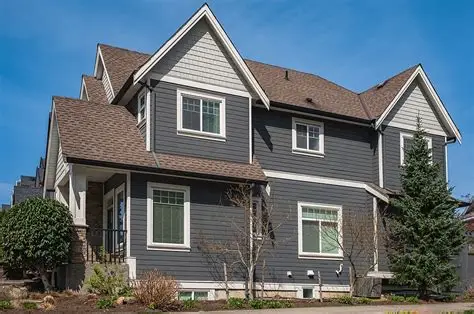
James Hardie Fiber Cement Siding is a high‑performance siding material that resists rot, termites, fire, and warping. It mimics wood grain but requires much less maintenance.
-
Detail Information: Composed of cement, sand, and cellulose fiber, this siding comes in planks or panels. It can be painted; there are pre‑finished color options. It’s heavier to install, which raises labour costs, but its lifespan is 30‑50 years with minimal upkeep.
-
Use Case / Problem It Solves: If your existing siding is rotting, warping, or getting damaged by insects or moisture, this siding is an excellent replacement. It protects against moisture, withstands extreme weather better than wood or vinyl, and improves resale value.
-
Why People Need It: Long‑term durability, low maintenance, better insulation potential, and improved curb appeal.
-
How to Buy / Where to Buy: Available through many home improvement distributors, siding specialists, or directly via James Hardie dealers. When hiring contractors, make sure they are certified by the siding manufacturer (e.g. James Hardie Preferred Contractor) to ensure warranties apply.
Owens Corning Duration® Shingles (Roofing)
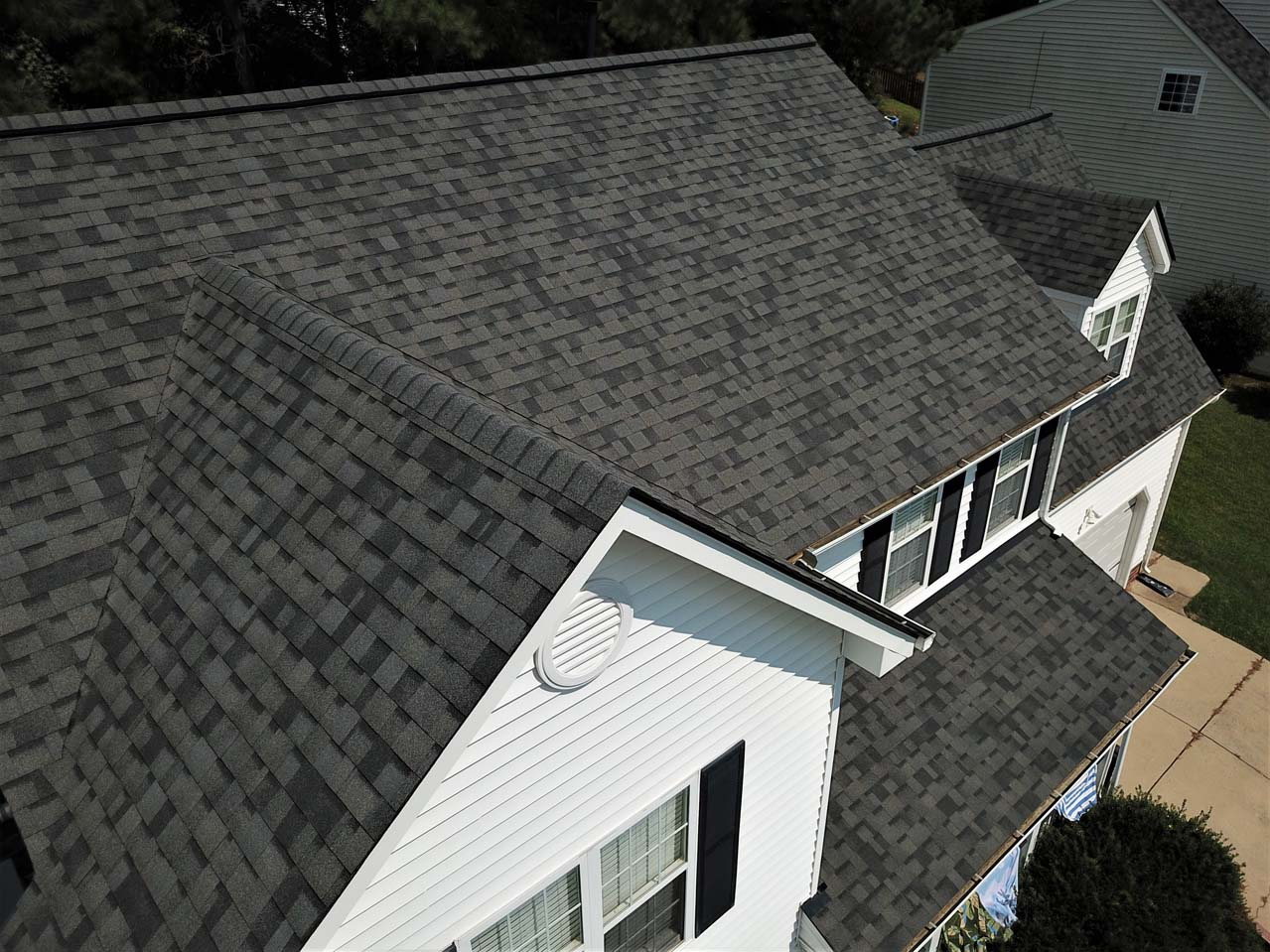
Owens Corning Duration® Shingles are architectural asphalt roofing shingles designed for durability, wind resistance, and aesthetic variety.
-
Detail Information: These are heavyweight, multi‑layered shingles. They include features such as SureNail® Technology for strong nail holding, wind resistance rated up to 130‑150 mph depending on product tier. Available in many colors and styles.
-
Use Case / Problem It Solves: If your roof leaks, shows signs of aging, or you want better weather protection, these shingles help. For steep wind areas, in coastal or storm‑prone zones, their wind resistance and durability reduce risk of damage and maintenance.
-
Why People Need It: To avoid water damage, leaks, mold, and to protect structure of house. Also improves energy efficiency (lighter colors reflect heat) or aesthetic match with rest of home.
-
How to Buy / Where to Buy: Through roofing supply yards, big‑box stores, or certified roofing companies. Confirm warranty availability and that installation is done per manufacturer’s guidelines to keep warranty valid.
Sherwin‑Williams Duration Exterior Paint
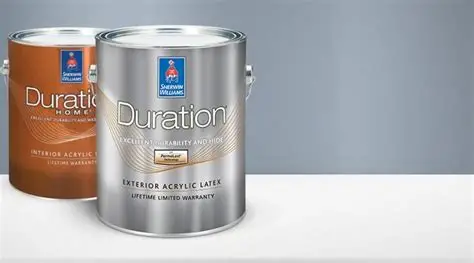
The Sherwin Williams Duration
Sherwin‑Williams Duration Exterior Paint is a premium paint system that resists mildew, fading, and peeling.
-
Detail Information: Acrylic latex formula with resins that resist UV, chalking, and blistering. Offers excellent adhesion to many substrates (wood, masonry, siding). Comes with long warranties (often 15‑25 years exterior depending on exposure).
-
Use Case / Problem It Solves: If your paint is peeling, fading, or no longer protecting wood or trim, this premium paint helps extend lifespan and appearance. Keeps moisture out, helps resist insect damage.
-
Why People Need It: To protect wood and siding, maintain curb appeal, lower maintenance frequency, possibly higher resale value.
-
How to Buy / Where to Buy: Through Sherwin‑Williams stores, authorized dealers, or online. Ask your contractor what prep work they do (scraping, priming, caulking) since good paint requires good prep.
Andersen 100 Series Windows
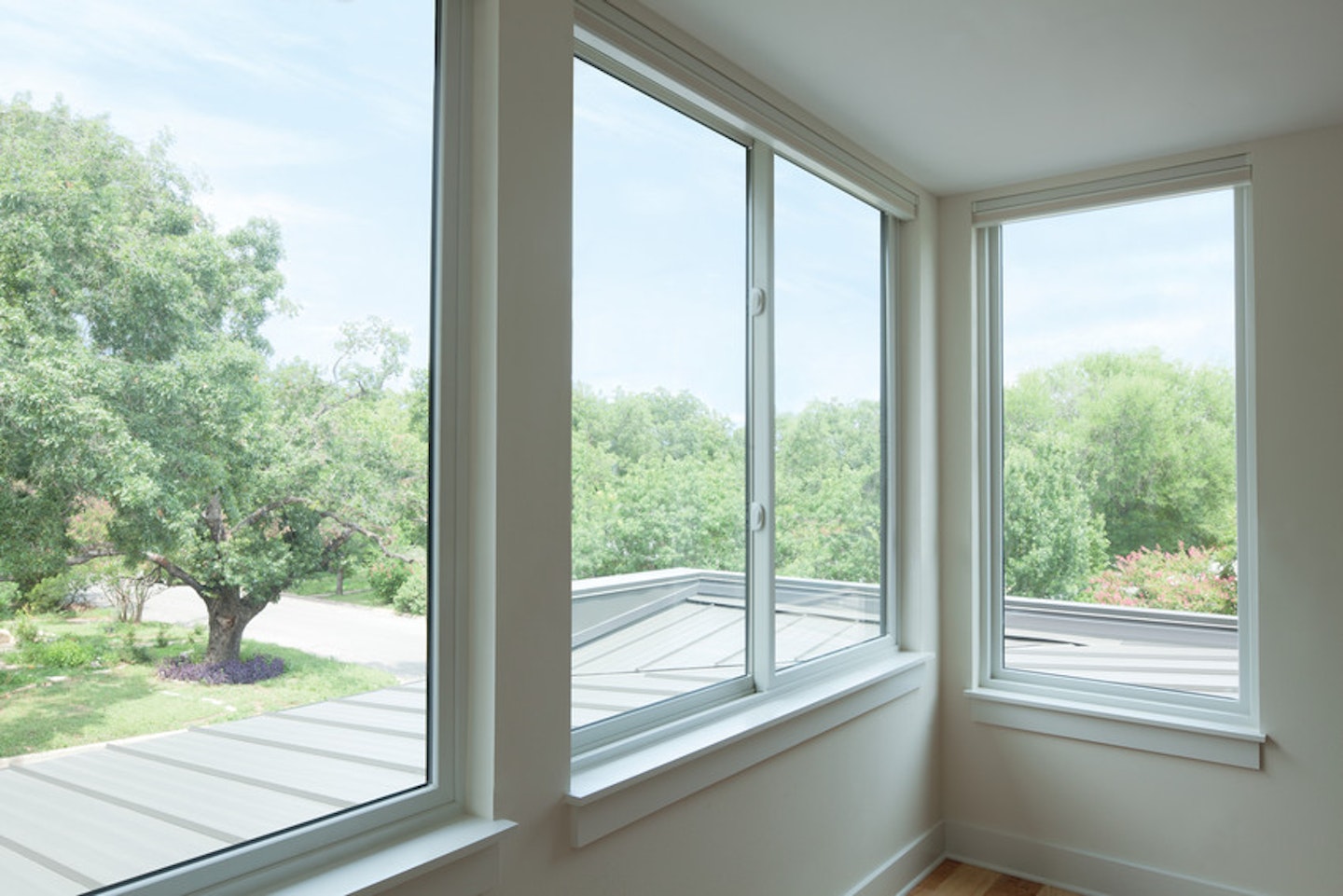
Andersen 100 Series Windows are composite windows with wood interior and fibre‑reinforced exterior, designed for durability and aesthetic flexibility.
-
Detail Information: Available in multiple styles (double‑hung, casement, awning, sliding). Low E glass, multiple grille options, and high thermal performance. Composite exteriors resist rot, swelling, insect damage. Interior wood can be stained or painted.
-
Use Case / Problem It Solves: Replacing old, drafty windows reduces energy loss, noise, and improves comfort. Also improves curb appeal. If windows are rotten, leaking, or inefficient, this is a strong upgrade.
-
Why People Need It: Better insulation reduces energy bills; better seals reduce drafts and leaks; upgraded windows often qualify for rebates/tax credits in some regions.
-
How to Buy / Where to Buy: Sold via window suppliers, Andersen certified dealers, or big home improvement stores. Ensure installation by a contractor experienced with window flashing and sealing to avoid water infiltration.
Gutter Helmet System
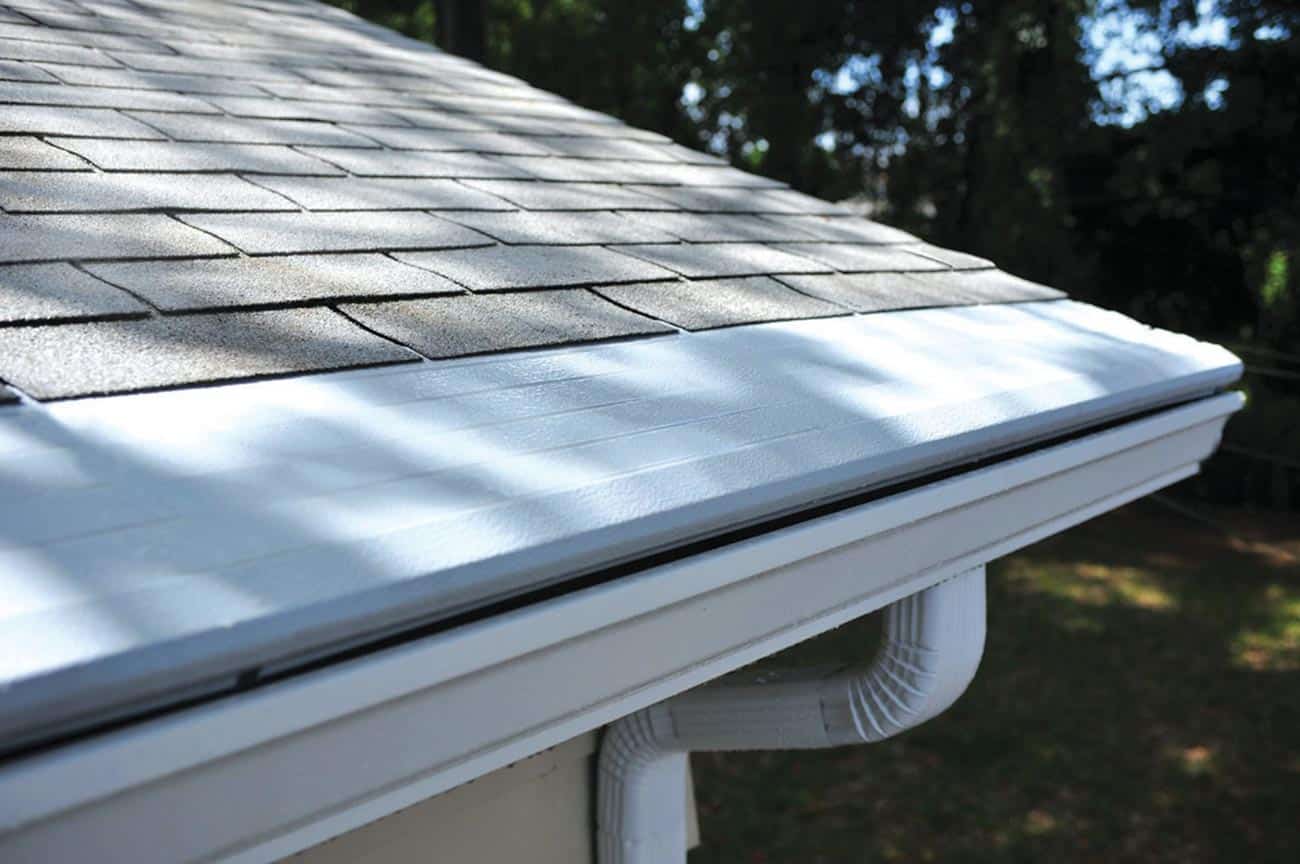
Best Gutter Protection Gutter Helmet in Mankato Minnesota
Gutter Helmet System is a type of gutter guard designed to prevent leaf debris and clogging while allowing water to flow.
-
Detail Information: Metal cover system that sits over traditional gutters, with small slots that keep out leaves but allow water. Made from durable aluminum, with powder‑coated finish. Installs along the front of the gutter. Requires accurate slope and secure installation.
-
Use Case / Problem It Solves: When gutters clog, water overflows, which can damage siding, foundation, landscaping. Gutter guard systems like Gutter Helmet reduce maintenance and prevent backups.
-
Why People Need It: To reduce frequency of cleaning, protect foundation, avoid water damage, preserve siding and landscaping. Especially useful in areas with many trees or heavy leaf fall.
-
How to Buy / Where to Buy: Usually sold through specialized gutter suppliers or installers. Contractors should ensure proper measurement and pitch.
How These Products Translate Into Real‑World Benefit
Using any of these products can bring tangible improvements:
-
Longevity & Reduced Maintenance: Upgraded siding, roofing, or windows often last decades, meaning less frequent repair, less frequent painting or replacement.
-
Energy Savings: Better roofing materials, properly sealed windows, high‑quality paint reflect heat and seal gaps, reducing heating/cooling costs.
-
Improved Curb Appeal & Home Value: First impressions count. These products enhance appearance, and homes with premium exterior work tend to sell better or faster.
-
Weather & Structural Protection: Prevent leaks, water intrusion, insect infestation, rot—these can lead to expensive structural repairs if neglected.
How to Hire Contractors & Where to Buy Materials
When moving from decision to action:
-
Get Multiple Quotes: Reach out to 3‑5 contractors in your “near me” area. Compare estimates not just by price, but by what is included: prep work, materials, labour, cleanup, permits, warranty.
-
Check Credentials: License number, insurance, showcases of past work, photos, references. For certain materials (e.g. James Hardie, Andersen), make sure the contractor is certified, so warranties remain valid.
-
Inspect Product Samples: Ask contractors to show physical samples of siding, paint, roofing, windows. Color, texture, finish, durability—all visible in samples.
-
Negotiate Payment & Timeline Terms: Standard is part up‑front deposit, with balance as stages complete. Make sure timeline is clearly written, with penalties or adjustments for delays.
-
Where to Buy Materials: Big‑box home improvement stores, manufacturer dealers, local building supply yards. Some contractors supply materials directly; others expect homeowner to source them. Be clear who is responsible, and get written agreement.
Real Use Cases: How These Contractors & Products Solve Problems
-
Storm Damage Roof: After a severe windstorm, a homeowner had shingles torn off and leaks. They contracted a local roofing expert who replaced the roof with Owens Corning Duration® shingles, added stronger underlayment, and sealed vulnerable edges. Outcome: no leaks, better wind resistance, approved insurance claim.
-
Rotting Wooden Siding & High Maintenance: Another homeowner was repainting wooden siding every few years, dealing with rot in lower sections. Contractor replaced with James Hardie fiber cement siding, used Sherwin‑Williams paint trim, sealed joints properly. Outcome: greatly reduced maintenance, no rot, improved curb appeal.
-
Energy Loss Through Old Windows: Old single‑pane windows leaking air, high heating/cooling costs. Contractor installed Andersen 100 Series windows with low‑E glass, properly sealed. Outcome: less draft, lower energy bills, quieter house.
-
Flooding Near Foundation Because of Poor Gutters: Gutter overflow was causing water onto siding and near foundation. Gutter Helmet system installed, proper downspout re‑routing. Outcome: water diverted properly, no water stains, reduced risk of foundation damage.
-
Aesthetic Upgrade & Value Increase: Homeowner wanted to improve resale value. Chose upgraded siding, fresh paint, new windows. Contractors executed all with quality materials and good workmanship. Outcome: house sold faster, higher asking price compared to neighboring homes.
When & Where to Hire Local Exterior Home Improvement Contractors
-
Best Time of Year: Consider local weather: after winter, before rainy season, when contractors are more available. Off‑peak seasons may give better pricing.
-
Where to Find Them:
-
Local online directories (Google My Business, Yelp, Houzz)
-
Word‑of‑mouth referrals (neighbors, friends)
-
Local trade associations or trade directories
-
Social media groups for your city or neighborhood
-
-
How to Start:
-
Make a list of contractors near you who specialize in the type of exterior work you want.
-
Ask for portfolio and licensing.
-
Request site visit so contractor can assess conditions (roof pitch, existing damage, substrate, moisture etc.).
-
Get written bids. Make sure contracts are detailed (materials, timeline, warranty, cleanup).
-
Frequently Asked Questions
Question: What is the typical cost of hiring exterior home improvement contractors near me?
Answer: Costs vary widely depending on the project type (painting, siding, roofing, windows, etc.), materials used, local labour rates, permits, and condition of existing structure. Simple jobs like painting trim may cost a few hundred to a few thousand dollars; full siding replacement or roofing can cost many thousands. It’s best to get multiple quotes and check what each quote includes.
Question: How long does exterior work usually take?
Answer: Small exterior jobs like painting or minor repairs can be completed in a few days. Larger projects—siding replacement, full roof installation—may take several days to a few weeks depending on size, weather conditions, and complexity. Contractor scheduling, permit approval, and supply availability also affect timeline.
Question: Will I need permits for exterior home improvement work?
Answer: In most localities, yes—for things like roofing, siding, structural changes, window replacements. Permit requirements depend on the extent of work, local building codes, and whether changes affect structural components. A reputable exterior contractor should advise you about required permits and handle submission if included in their services.


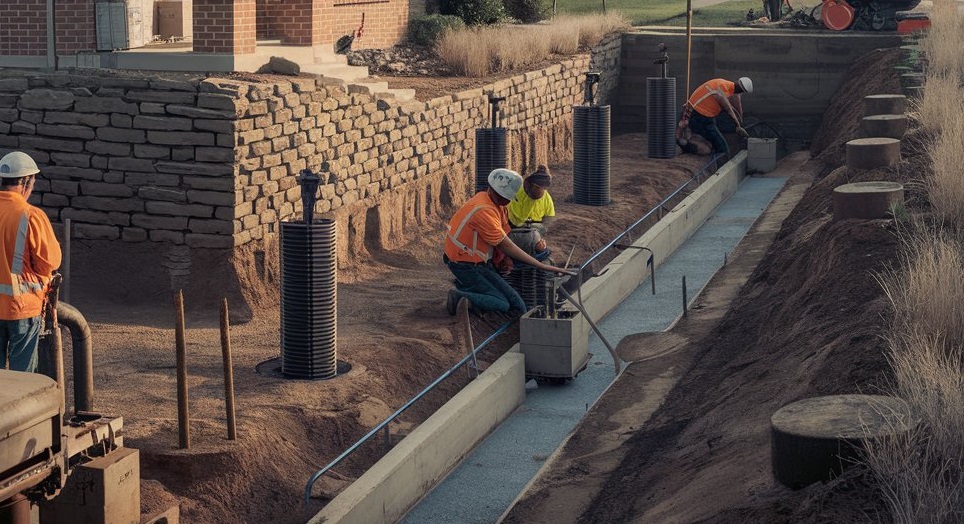
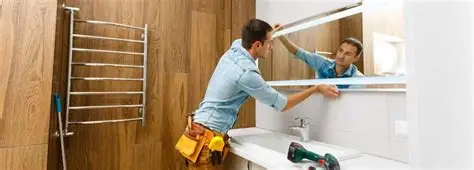




Leave a Reply